Latest from the Blog:
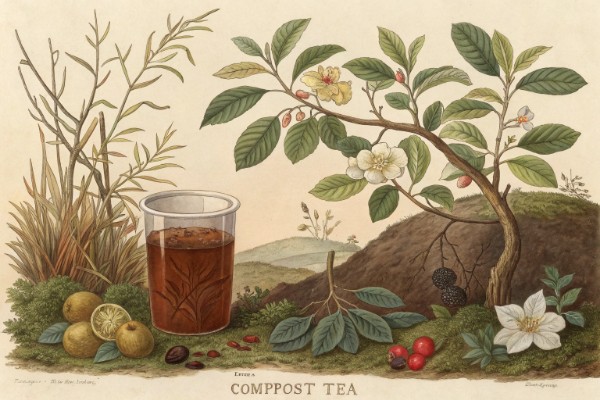
Compost Tea?
Compost tea feeds your plants, boosts soil life, and helps leaves shrug off pests—all with ingredients from your own backyard. Brewed right, compost tea packs beneficial microbes to energize your garden. Anyone wanting healthier beds or tastier tomatoes should keep reading, as this technique marries simplicity and results. Pour yourself a cup; we’re brewing knowledge worth every drop.
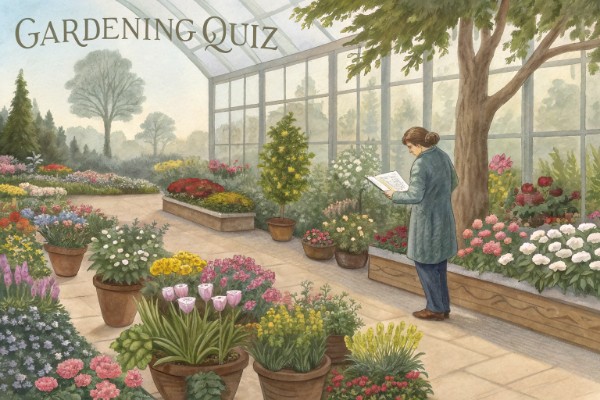
Gardening Quiz: How Well Do You Really Know Your Garden?
Want to sharpen your plant know-how? This gardening quiz will challenge your practical skills and botany knowledge with questions rooted in real horticultural science. Use this gardening quiz to gauge your grasp of techniques, plant care, and seasonal timing—backed by centuries of practice.Ready to dig in and see how you stack up? Let’s see what you really know.
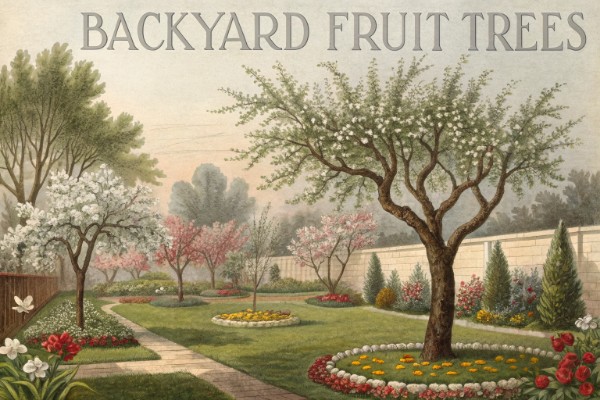
How to Grow Backyard Fruit Trees and Savor Your Own Orchard
Backyard fruit trees pack a punch—boost property value, cut grocery bills, and hand you sun-warmed peaches right outside your kitchen door. With backyard fruit trees, you harvest pesticide-free, fresh varieties that rarely hit supermarket shelves. Pick the right tree for your zone, and you’ll feast on homegrown apples, cherries, or figs for decades.This article breaks down what to plant, how to nurture young trees, and care routines that guarantee heavy crops. Let’s get those hands a little dirty—and eat better while we’re at it.
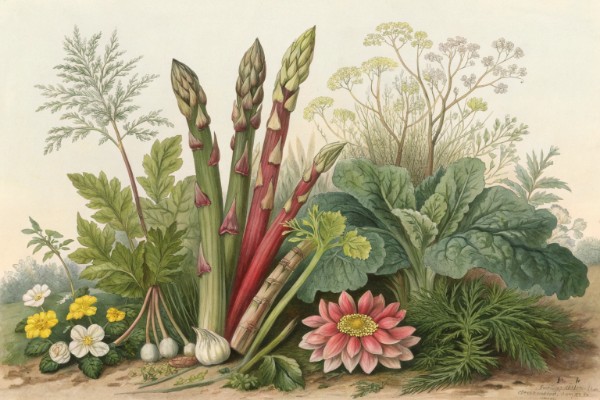
Edible Perennials: Create a Self-Sustaining Harvest Year After Year
Edible perennials return year after year, offering steady harvests with less effort than annuals. Planting edible perennials like asparagus, rhubarb, and sorrel lets you enjoy homegrown flavor and long-term rewards. Skip the endless replanting—these plants settle in and keep producing. Curious which varieties offer lasting taste and stay resilient? Keep reading for proven picks and practical tips on cultivating your own perennial pantry.

Vinegar Weed Killer: Does This Natural Solution Really Work?
Mix up your own vinegar weed killer to tackle weeds between garden stones, along paths, or bordering vegetable beds. Vinegar weed killer uses acetic acid to dry out leaves on contact, offering a quick fix for visible weeds. A basic vinegar weed killer blend goes together fast with ingredients you already own. Thinking about skipping synthetic sprays for something simple? Keep reading—I'll show you exactly how and where vinegar works best, plus a recipe that actually gets the job done.
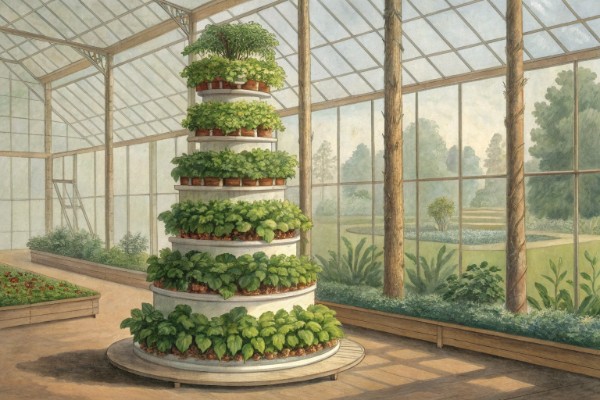
Hydroponic Tower gardens: Grow More in Less Space, Year-Round
Hydroponic tower garden systems save water, conserve space, and boost plant yields year-round. A hydroponic tower garden uses stacked vertical columns that deliver nutrients directly to plant roots, letting you grow lettuce, herbs, or strawberries almost anywhere. People with balconies or small patios can harvest crisp, clean produce without soil or mess. Discover how these space-saving towers bring fresh harvests right to your doorstep, no matter the season.